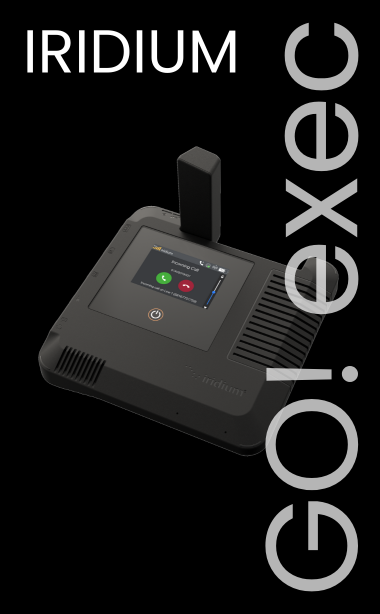You have no items in your shopping cart.
What's a Wildlife Water Guzzler?
Have you ever been hiking in the backcountry and discovered an odd manmade structure? Did it have a pipe or tank, or otherwise resemble a small, strange pool or water collection unit surrounded by a low fence? Congratulations, you've found a wildlife guzzler!
These structures are often installed in wilderness environments to help wildlife by providing reliable access to water, especially in arid regions or places with extreme dry seasons. Finding one can be a bit like unearthing a treasure because they're placed in areas where animals have been observed to frequently travel. If you love to see and photograph wildlife, you can set up a trail camera near a guzzler to get some excellent shots. Or make your camp some distance away, upwind, where you can remain hidden from wildlife and view the guzzler with binoculars or your camera.
If the weather is hot and dry, this may be your best chance to see rare or endangered species that are otherwise near-impossible to encounter. Water is the great equalizer, and predators and prey alike are known to visit watering holes as if under a temporary peace treaty. Organizations like Water for Wildlife make it their mission to set up wildlife guzzlers and have been surprised by the range of species that make use of these water sources.
If you're a hunter, be aware that it's illegal to hunt within 200 yards of any wildlife watering holes, guzzlers included. Locating a wildlife guzzler can help you identify nearby wildlife trails to follow out of this restricted range, though, so as long as you're far enough away, you can find a good place to set up your blind near these trails.
How are Wildlife Guzzlers Built?
With some guzzlers in extremely remote environments, it's quite impressive that humans managed to get out that far with the equipment needed to build them. While some materials can be brought in by helicopter, it still takes a substantial amount of pure, old-fashioned manpower to build a structure like this deep in the wilderness. Some organizations, like the Society for the Conservation of Bighorn Sheep, have been known to build their guzzlers to be extremely elaborate and well-hidden. This keeps the guzzler blended into the environment, but that is seriously a lot of work even if you're not out in the desert!
You can be sure that the people that build these wildlife guzzlers come prepared. It's hot, sweaty, hard work and it takes a lot of determination to engage in any scale of construction project so far from human civilization and safety. Anyone going into the desert needs plenty of high-calorie food, large quantities of water, first aid supplies, a satellite phone, and a solid plan. If something goes wrong in a place like that, the sooner help arrives, the better — otherwise survival can be measured in a matter of hours.
This makes the work they do all the more impressive.
Building Your Own Wildlife Guzzler
If you own a large piece of land or your property borders a wild area like a preserve or park, you might consider building a wildlife guzzler in your own "backyard." Not only will you be helping the wildlife population survive dry seasons, you can also raise your chances of spotting wild animals if the guzzler is within sight of your home. This is wonderful for teaching your kids about nature, but definitely consider safety first!
There are several wildlife guzzler designs ranging from the simple to the complex. You can come up with your own once you've learned a bit more about what type would be best for your area, or you can look to specialists like Rainmaker Wildlife or Wildlife Water Guzzler. Some things to consider are location, labor-intensiveness, the prime time in which to build, and your own safety. Most of the pertinent information is likely available from wildlife experts in your state or from online sources. As far as safety is concerned, do what the experts do and make sure you're well-supplied to handle a wilderness situation that could result in accidents. Have plenty of food and water, and consider a satellite phone too — it's easy to rent a satellite phone just for the length of your project, so getting your hands on one will be simple.
To learn more about wildlife water guzzlers, check out some of the links in this article. To learn more about satellite phones and survival, take a look through our other blog posts or contact us at Outfitter Satellite.
 English
English












